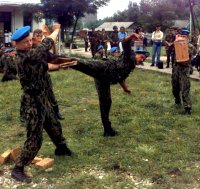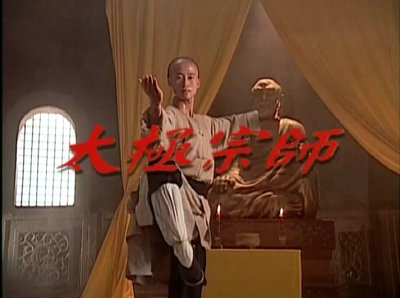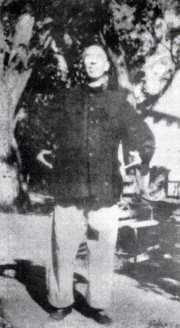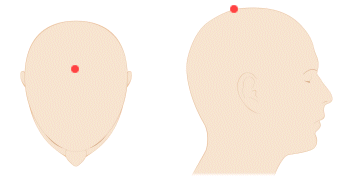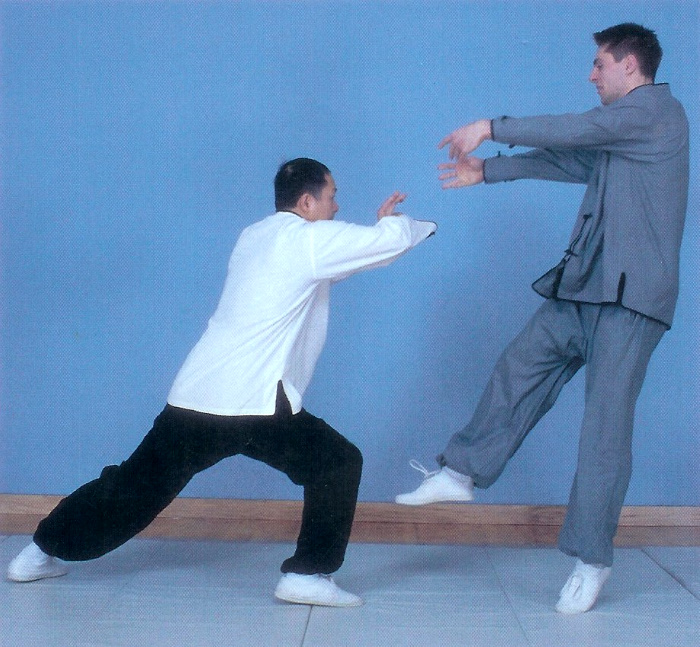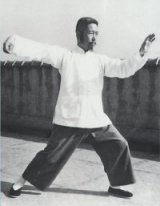Practiced properly, Tai Chi is among the most beneficial activities for improving one’s health. Unfortunately, some students misunderstand one fundamental alignment principle, resulting in collapsed and contorted postures that are more likely to injure health than restore it. The principle: tucking the tailbone.
A straightened spine is required for most Tai Chi postures, and the proper way to accomplish this is explained the Tai Chi classics. The top end of the spine should be lifted, from the head; the bottom end of the spine should be relaxed and allowed to drop.
Over time, the combined forces of intentional expansion and natural contraction (supplied by gravity) will pull the spine taut, as if suspended in the air. The musculature will automatically adjust to support this straightening—unless it is prevented from doing so.
